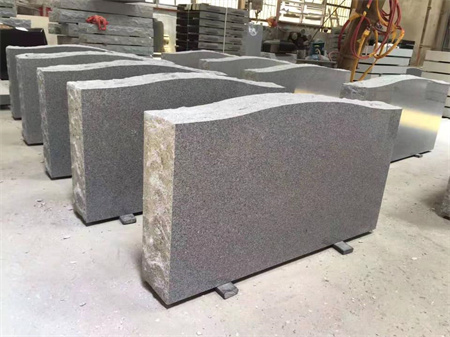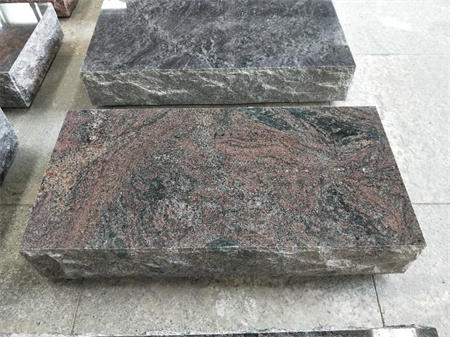How to Choose the Perfect Granite Color for a Cemetery Memorial

Choosing the perfect granite color for a cemetery memorial is a deeply personal and meaningful decision. The color of the granite can influence not only the aesthetic appeal of the memorial but also its emotional resonance. Whether you’re selecting a memorial for a loved one or planning your own, the right color can help reflect the unique personality, memories, and legacy of the individual it represents. Here are some essential factors to consider when choosing granite color for a cemetery memorial.
Granite is an incredibly durable material, making it an ideal choice for cemetery memorials. Its resilience to the elements ensures that the memorial will stand the test of time. The variety of granite colors available, from deep blacks to lighter grays and browns, offers a wide range of options to suit different tastes, preferences, and cultural significance.
One of the first things to consider when choosing a granite color is the overall aesthetic. The color should complement the environment of the cemetery, which often features an array of trees, flowers, and other memorials. If the cemetery has many gray or white stones, a darker granite like black or deep blue may create a striking contrast. For more natural settings, with abundant greenery or floral elements, a softer color like light gray or rose may blend more harmoniously with the surroundings.
Personal preference plays a significant role in this decision as well. Some families may gravitate toward colors that reflect the personality of their loved one. For instance, a bright, light-colored granite might be chosen for someone known for their cheerful disposition, while a darker, richer color could be a fitting tribute to someone with a more somber or serious nature. Think about the person’s favorite colors or any tones that might symbolize their unique traits or passions. The memorial’s color is more than just an aesthetic choice—it’s a way to honor the life and spirit of the individual.

In addition to these personal and cultural factors, practical considerations come into play when choosing the right granite color. Lighter shades of granite, such as white, light gray, or rose, may be easier to maintain over time, as they are less likely to show dirt and weathering compared to darker colors. Darker stones, while striking, can require more frequent cleaning and maintenance, especially in areas prone to heavy rainfall or dust. If longevity and low maintenance are priorities, opting for a medium-toned granite, such as a beige or tan, could offer the right balance of beauty and practicality.
The level of detail in the memorial itself is another factor that can impact the color choice. A memorial with intricate carvings, engravings, or images may look best in a granite color that provides contrast without overwhelming the artwork. For example, a dark-colored granite might allow the engraving to stand out more, whereas a lighter color might create a more subtle and understated look. It’s essential to keep in mind how the colors of the granite will affect the legibility and visibility of any inscriptions or artwork you plan to include.
Granite color can also be influenced by the regional availability of materials. Some areas may have more options in certain colors, while others may be limited to specific local quarries. If you are working with a particular cemetery or memorial provider, it’s a good idea to ask them about the range of granite colors they offer and whether there are any regional variations in color that might suit your vision for the memorial.

Ultimately, choosing the perfect granite color for a cemetery memorial is about balancing beauty, meaning, and practicality. It’s about creating a tribute that reflects the life of the person it honors while ensuring that the memorial stands strong and timeless in the cemetery setting. Whether you choose a deep, bold color or a soft, calming hue, the right granite will offer a lasting symbol of love, remembrance, and respect. Take your time to explore different options, consult with memorial experts, and reflect on the significance of the memorial as a lasting tribute to someone dear.
